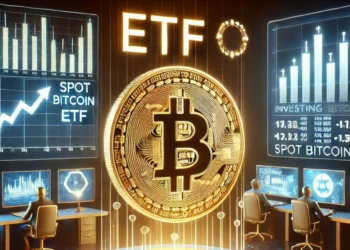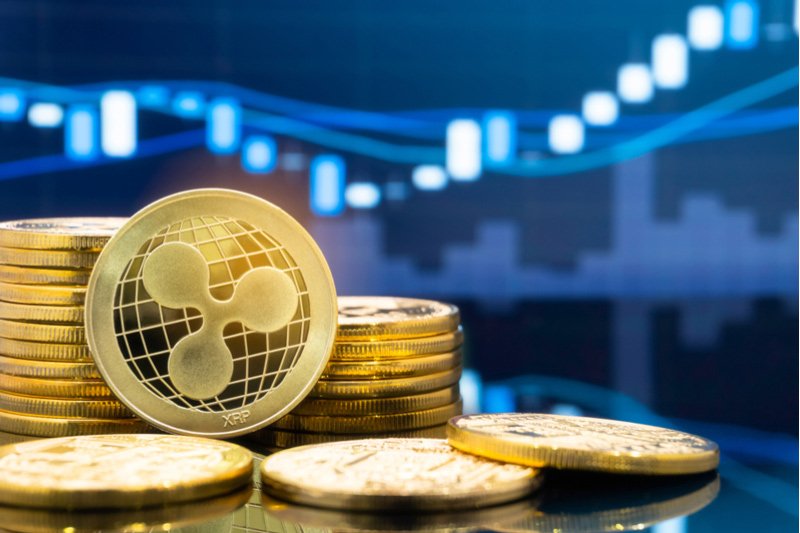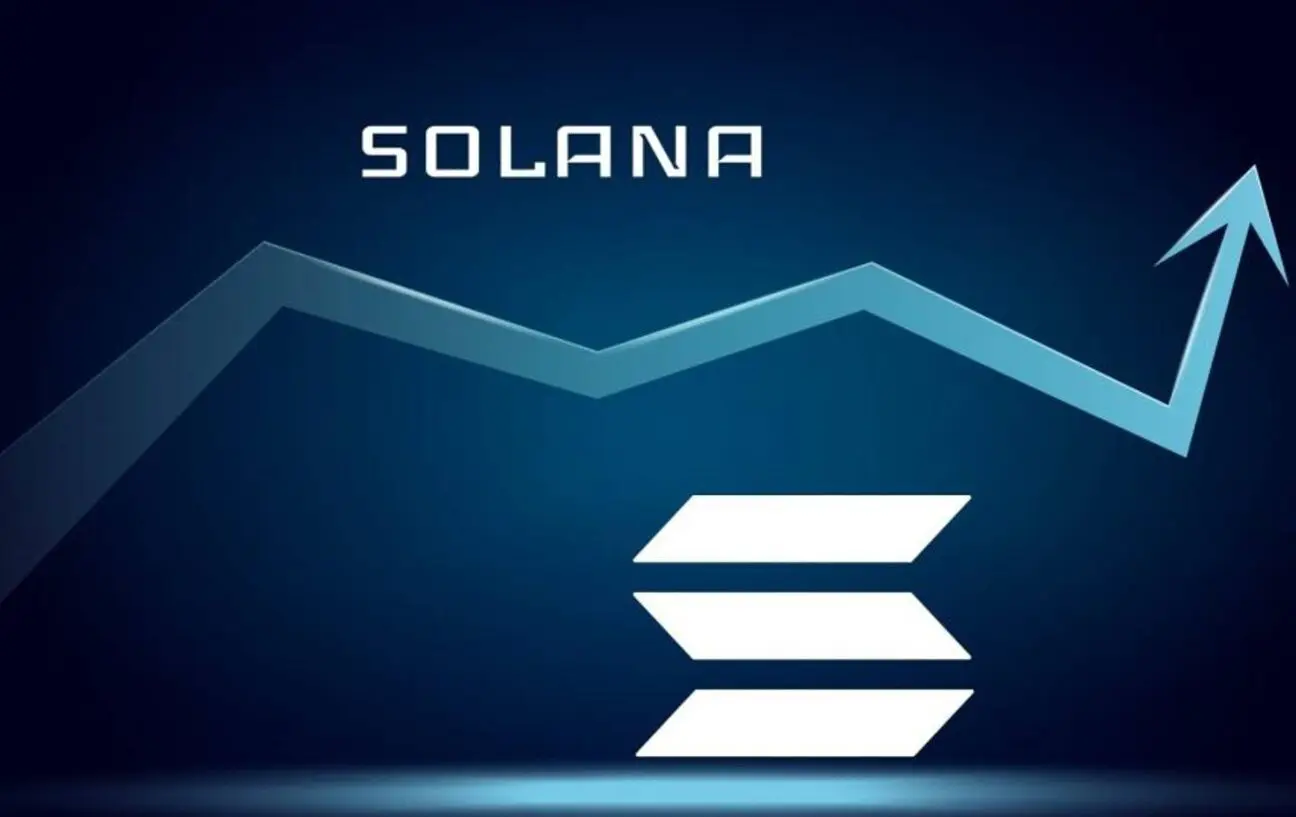Table of Contents
![An Epic Beginners Guide to Uniswap [2020] 1 Beginners Guide to Uniswap](https://blokt.com/wp-content/uploads/2020/10/beginners-guide-to-uniswap-300x168.png)
With so many new decentralized finance (DeFi) protocols emerging almost daily on the Ethereum blockchain, those in the crypto space hear almost every day about newly minted millionaires, huge returns on tiny investments, and also the occasional rug pull.
![An Epic Beginners Guide to Uniswap [2020] 2 Beginners Guide to Uniswap](https://blokt.com/wp-content/uploads/2020/10/beginners-guide-to-uniswap.png)
The DeFi hype is centered around protocols that offer lending solutions, or other traditional centralized financial products on the blockchain in a decentralized manner, with a particular focus on yield-farming protocols. These apps allow users to ‘lend out’ their cryptocurrency assets in return for fixed high yields, and the associated tokens of these platforms have driven a bull market throughout 2020.
As a result, one of the most frequently asked questions from new entrants into the DeFi space is where can you buy the latest DeFi tokens? Well, the easy answer to that question, and indeed the most trusted solution, is Uniswap. But what is Uniswap, and how does it work?
What is Uniswap?
![An Epic Beginners Guide to Uniswap [2020] 3 Uniswap main](https://blokt.com/wp-content/uploads/2020/10/UNI_Main.jpg)
Uniswap is a decentralized, peer to peer exchange developed specifically for the Ethereum network, also described as a decentralized protocol for automated liquidity provision on Ethereum. Launched in November 2018 by Ethereum developer Hayden Adams, Uniswap uses an automated market-making system powered by smart contracts to match orders on any ERC-20 token across the entire Ethereum blockchain.
Essentially, Uniswap is a smart contract for the exchange of ERC-20 tokens. It draws liquidity from liquidity pools, which we will explore later.
At the date of writing, Uniswap has over 8,484 unique assets that can be traded on the protocol. Here, we are going to explore how you can get started on the Uniswap protocol, but first let’s examine some of the core concepts behind the decentralized exchange.
What are Liquidity Pools?
Liquidity pools, which power the Uniswap platform, are essential to decentralized finance. Each liquidity pool is a pool of tokens locked inside a smart contract. These tokens, which are otherwise inaccessible to regular traders, are used to facilitate trading through the provision of liquidity.
Traditionally, most decentralized exchanges rely on these liquidity pools in order to match open orders on their books – as there always has to be a both a buy side and a sell side when a user places an order.
In traditional exchanges, such as stock exchanges and large, well-funded cryptocurrency exchanges like Binance, it is easy to match orders between users, and market makers are also used to ensure that there is adequate liquidity on the exchange at any given time.
However, with decentralized exchanges, who have fewer users, there is no guarantee that there will be someone willing to buy or sell the asset you wish to trade. Likewise, as decentralized exchanges work through the blockchain, using a traditional order book model would be incredibly slow and inefficient – because blockchains still only process a few transactions per second.
Instead, liquidity pools can be used to provide instant and price-steady trading between two assets within a decentralized exchange. Users can supply their ‘liquidity’ to a pool by supplying tokens, which generates a yield for the user via fees while their tokens are locked in the liquidity contract.
This has created both lucrative opportunities for yield-farming, enabled better liquidity on decentralized exchanges, and provided passive returns to long-term token holders. Uniswap leverages these pools to allow users to quickly swap between ERC-20 tokens, and as such it has become one of the most popular places to trade new tokens.
How Popular is Uniswap?
Although Uniswap got off to a somewhat slow start as users made their way tentatively into the DeFi space, it’s seen a huge upsurge in activity during 2020, powered in part by the rising interest in Ethereum-based DeFi protocols such as AAVE and DMM DAO.
In 2020, total liquidity on Uniswap reached $300 million, and 24-hour trading volume regularly exceeds over $200 million collectively on various pairings on the platform—even occasionally surpassing Tether in generated gas fees.
On August 30, 2020, Uniswap overtook Coinbase in daily volume, processing some $426 million in a 24 hour period, compared to just $349 million on Coinbase in the same period.
Also contributing to Uniswap’s popularity has been the launch of their native token, UNI. Let’s explore UNI below.
The UNI Token
![An Epic Beginners Guide to Uniswap [2020] 4 UNI Claim](https://blokt.com/wp-content/uploads/2020/10/UNI_Claim.jpg)
Introduced on the 16th September 2020, the Uniswap token, or UNI, is a governance token that allows users to take part in the future of the Uniswap protocol. Over 60% of the total UNI supply was distributed to community members, making it a fairly decentralized token, with only 21.5% given to team members and roughly 17.8% given to investors.
Around 150,000,000 UNI tokens were claimed by previous liquidity providers on the protocol, and 430,000,000 tokens were retained as governance treasury tokens. Around 5,000,000 community UNI tokens will also be available for yield farmers to claim through various stablecoin yield farming pools.
Uniswap will use the UNI governance tokens to promote community initiatives, provide liquidity mining, and fund other programs for the good of the protocol. If you have used Uniswap, you should be eligible to claim up to 400 UNI tokens just for connecting your wallet.
How to Find Uniswap Gems
Often, you may find cryptocurrency community members talking about ‘Uniswap gems’. As Uniswap offers easy peer to peer trading between any ERC-20 token with low gas fees, it’s often the first place users can access brand new Ethereum-based tokens, such as the latest DeFi protocol or utility token for example.
As a result, many crypto traders keep a close eye on new additions to Uniswap to make the most of brand new trading opportunities. These are often called ‘Uniswap gems’, and although most accept that these type of tokens are somewhat of a gamble, they usually share similar characteristics, such as low market capitalization, a small daily traded volume, and a relatively small number of existing token holders – all characteristics which give tokens a high upside potential, if they are sound projects.
There is little doubt that the number of Uniswap gems and the returns they have netted for users, has significantly contributed to the protocol’s success, especially during the more bullish 2020 market.
How to use Uniswap
There are a couple of things you will need before you get started on Uniswap. Firstly, you will need to have a browser extension or plugin installed which lets you interface with web 3.0 applications. The most common of these, and the one best supported by Uniswap, is Metamask.
![An Epic Beginners Guide to Uniswap [2020] 5 Wallet Uniswap](https://blokt.com/wp-content/uploads/2020/10/uniswap-wallet-select.jpg)
There are also options to use WalletConnect, Coinbase Wallet, Fortmatic, and Portis wallets for ease of access. Coinbase wallet is a great option for users who are relatively new to cryptocurrency and have assets stored in the Coinbase mobile app. You can learn how to use Coinbase here.
This should make it much easier to transfer your assets across from Coinbase and swap them for ERC-20 tokens easily. Be careful though, as you can only use ETH and Ethereum-based tokens on Uniswap – don’t try and use Bitcoin, for example.
The swapping experience is simple on Uniswap. First, connect your chosen wallet extension. Once connected, in the top box, simply select the asset you want to swap and enter the amount, or click ‘max’ if you want to swap all of your asset. In the example below, we will swap ETH for UBT.
![An Epic Beginners Guide to Uniswap [2020] 6 Uniswap](https://blokt.com/wp-content/uploads/2020/10/Uniswap_transaction.jpg)
Select the asset you want to swap for from the list in the bottom box. Occasionally, you may have to manually search for the asset you want to swap to. The easiest way to do this is to paste the contract address of your desired token. This is also the safest way since tokens can have the same name as others and you can’t guarantee you are buying the real one without the contract address.
Once you are happy with the exchange rate and slippage tolerance, go ahead and click ‘Swap’. You will be shown another lightbox with more details of the swap. If you are happy to go ahead, click ‘Confirm Swap’. You will now be prompted to confirm the swap via your wallet plugin and select your gas price. We will explore more on this below.
If you’re already familiar with Metamask or using other Ethereum plugins for interacting with decentralized applications, or DApps, then using Uniswap should be a pretty easy and familiar experience, but there are a few things to keep in mind.
Let’s explore the most common things new Uniswap users stumble on when using the decentralized liquidity protocol.
Uniswap Slippage
![An Epic Beginners Guide to Uniswap [2020] 7 UNI slippage](https://blokt.com/wp-content/uploads/2020/10/slippage.jpg)
Slippage occurs when the price you have opened a trade at, or wish to swap assets for, isn’t available anymore at the time of the execution of your order. This can happen for a number of reasons, especially in periods of high market volatility when many other users are trying to buy into a token – prices move quickly.
To make sure you don’t lose your transaction to slippage, which is particularly annoying on Uniswap because sometimes you will still be charged gas fees for initiating the transaction, navigate to the cogwheel in the upper right-hand corner of the exchange interface.
Clicking the cogwheel will show a lightbox with multiple settings, but at the top, you will see ‘slippage tolerance’. The general concept of slippage is simple. If you set a slippage tolerance of 0.1%, the most you will pay for your assets is 0.1% above the spot price – the current market price of the asset.
If you set 0.5% you are willing to go that much higher than the spot price to secure your assets, and so forth. You can choose from 0.1% to 1% slippage from the pre-set options, or set your own slippage tolerance using the manual section.
Sometimes, in rare circumstances and at times of high market volatility, you may even have to go up to 5% slippage to successfully process a transaction. This is only recommended if you really feel you need to get an entry into a token, and you want to make sure you get a good position. Setting slippage tolerances above 5% isn’t recommended, as you are essentially just paying a premium for the asset.
Gas fees
Like everything powered by Ethereum, you will have to pay gas fees in ETH to process transactions on the Uniswap protocol. Even though you are able to swap one ERC-20 asset for any other supported ERC-20 asset directly, this transaction would still cost you gas payable in ETH, so you need to ensure you have some ETH handy in your linked wallet to successfully process this transaction.
Gas fees on the Ethereum network can get incredibly high at busy periods, or in times of high network congestion, and indeed the recent Uniswap and DeFi craze have added to the rising gas costs on the Ethereum blockchain.
Setting gas fees too low on Uniswap can cause your transaction to stall, or fail completely. Be warned, even if your transaction fails due to low gas, you may still lose some ETH funds for initiating the transaction.
Instead, it’s best to either use the network recommended gas prices at the time (medium speed), or opt to pay more gas for a faster transaction to ensure your swap completes successfully. If you aren’t in any rush to swap your assets, consider checking back in on Uniswap when gas prices are down, to bring down your costs.
Transaction deadlines
As we described above, settling too low of a gas fee, or insufficient slippage tolerances, can cause your transaction to stall, or in the worst case, fail completely. You do have to use caution setting a transaction on Uniswap and simply leaving your computer.
In periods of high market volatility or high gas prices, you may pay the initial transaction fee but your swap won’t process – and you will lose some funds. In periods of high gas, this can be quite a significant sum of money.
As a result, you may want to set transaction deadlines. Navigate to the same cogwheel menu as you did for setting slippage, and you will see the option to change the transaction deadlines. The default is 20 minutes, although this might still be too high for some. Essentially, if your swap hasn’t been filled in 20 minutes or the given amount of time, it will be automatically canceled.
We recommend everyone ensures they have a transaction deadline set up. The exact length is up to your risk profile and slippage tolerance, but it is a great tool to ensure your transaction doesn’t get lost in the ether!
Expert Mode
Here’s a little disclaimer before we teach you about Expert mode – if you’re not an expert, don’t use it! Expert mode allows ultra-high slippage trades, which can often result in poor rates of exchange between assets, and even make you lose part of your original asset or funds.
So, why might you use Expert mode in the first place? If you are an experienced trader, there may be opportunities that arise which you just don’t want to miss. For example, some DeFi coins have made astronomical daily gains during the past couple of months, and it can be difficult to get a position in a coin using normal slippage tolerances in a fast-moving market.
Instead, by setting high slippage and turning off confirmation transaction prompts, you can settle swaps far quicker than the average user. However, it’s highly likely that you will get less of the asset you are swapping for in terms of current market value. Therefore, Expert mode really is only for experienced traders who are sure they can turn a profit from a trade, despite the unrealized losses they may make on the initial swap.
Conclusion
If you are familiar with using decentralized applications through a browser extension, such as Metamask or Portis, then you should have little trouble navigating Uniswap. However, do make sure you are careful to avoid some of the common mistakes new users make on Uniswap to avoid losing your funds or missing out on a great trading opportunity.
Just getting started and want to buy ETH to swap for the latest DeFi coins on Uniswap? Find out how you can buy Ethereum here.
An Epic Beginners Guide to Uniswap [2020] was originally found on Blokt – Privacy, Tech, Bitcoin, Blockchain & Cryptocurrency.










![How to Buy X Stocks [Twitter] – A Step-by-Step Guide 27 How to Buy X Stocks [Twitter] – A Step-by-Step Guide](https://cryptheory.org/wp-content/uploads/2025/02/2-14-350x250.jpg.webp)














